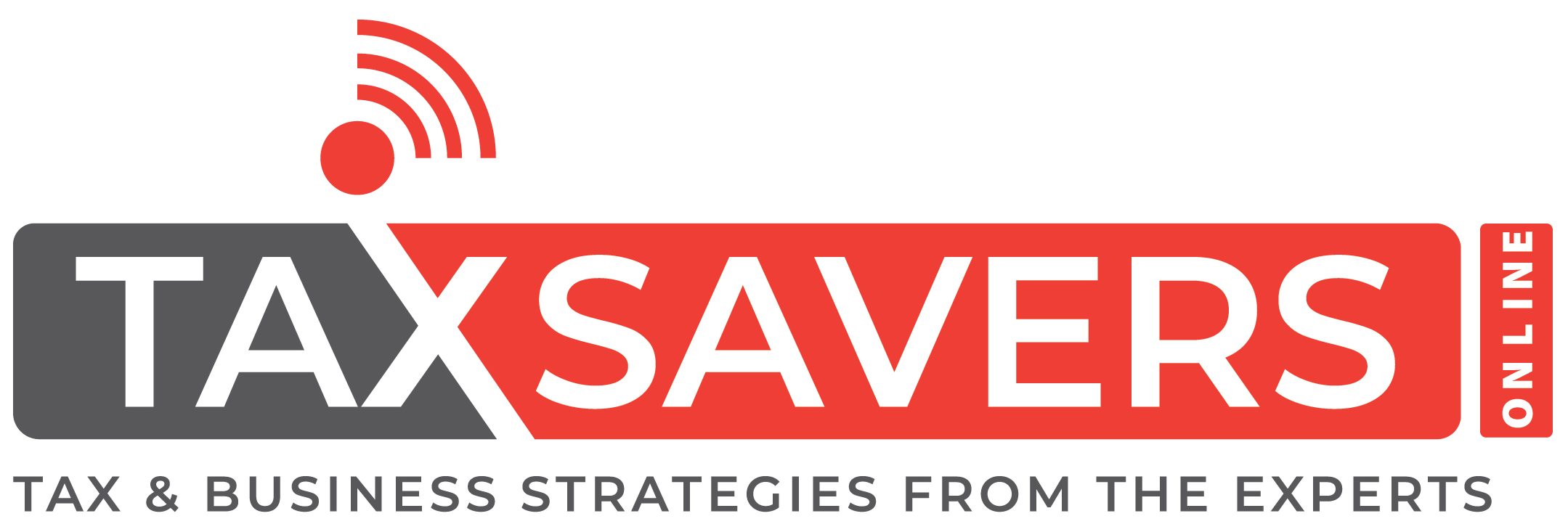Did you know that there are a lot of American workers who don’t take part or have no access to retirement plans?
Only half of Hispanic employees have an employer who provides a retirement plan for them. On the other hand, only 34% of Hispanic and 44% of Black families participate in a retirement plan. One reason why participation in a retirement plan is low is that people find tax burdensome.
However, did you also know that there’s such a thing as Tax-Free Retirement Account? Yes, you’ve read that right; it’s tax-free! Keep scrolling down to learn more about Tax-Free Retirement accounts!

Contents
The Basics of Tax-Free Retirement Account
All investments that you make can grow in value or pay an income. Incomes from such investments can either come from interest or dividends. Such earnings from your investment get added to your taxable income.
This means that you’ll have a higher tax liability. Thus, even if you have an extra income, you’ll also have additional taxes.
Do note that this rule only applies to taxed accounts. If you’re looking for a way around this, qualifying for a tax-free retirement account helps.
What is a tax-free retirement account, and how will this benefit you? It might sound too good to be true, but a Tax-Free Retirement Account or TFRA is a retirement savings account that doesn’t have a federal or state tax due.
This means that should an account earn an income, and the account owner won’t have to pay federal or state taxes. This applies when you withdraw such income.
For instance, your retirement savings account earned $1,500 from interests. When you withdraw the $1,500, there will be no taxes to pay. You’ll get to walk away with the entirety of your money.
These types of accounts are great for growth investments. You’ll reap the benefits of all your investment without worrying about tax deductions.

How Do Tax-Free Retirement Accounts Work?
You might be wondering, “how does a tax-free retirement account work?” A Tax-Free Retirement Account works the same way as Roth IRA does.
You’ll deposit money into the account and pay taxes on every contribution you make and will not get tax deductions. Also, you’ll contribute with after-tax funds.
How much money can you put in a tax-free retirement account? The answer depends on the type of account you have. TFRAs also have a yearly contribution limit.
The Roth IRA contribution limit for tax years 2021 and 2022 is $6,000 per contributor. In addition, contributors aged 50 and above can contribute an extra $1,000.
Meanwhile, the contribution for a Roth 401(k) account is much higher. Taxpayers can contribute up to $20,500 in 2022. Individuals who are 50 or older can contribute an extra $6,500.
Your contribution limit will also depend on your record from the previous years. Note that your contribution room carries forwards from the previous tax year.
For instance, you were eligible to contribute up to $6,000 to your account in 2021. Unfortunately, you didn’t have enough cash and could only contribute $3,000.
In the tax year 2022, your limit will get an extra $3,000 from the unused room in 2021. This means that for the tax year 2022, you can contribute up to $9,000.
To better grasp how a tax-free retirement account works, let’s dig deeper into its types. There are three types of TFRAs: Roth IRA, Roth 401k, and 403B accounts. Let’s discuss these individually in the following sections.

Roth IRA Account
Roth IRA and traditional IRA are similar in almost every aspect except how they’re taxed. As we’ve mentioned, you fund Roth IRAs with after-tax dollars; thus, you get no tax deductions. Yet once you withdraw your funds, whether it grew exponentially or not, the fund will be free of taxes.
Meanwhile, you fund traditional IRAs with pre-tax dollars. This means that you’ll get a tax deduction for your contributions. However, when you withdraw your fund, you’ll have an income tax due for payment.
Roth IRA contributors are specifically required to pay in cash. This includes checks and money orders. You’re not allowed to pay your contributions using securities or property.
The contribution limit will depend on what the Internal Revenue Service (IRS) sets. There’s no difference between the contribution limits for traditional and Roth IRAs.
Further, ROTH IRAs offer contributors a variety of investment options. You can choose to invest in bonds, certificates of deposits (CD), and mutual funds. You may also opt for money market funds, stocks, or exchange-traded funds (ETFs).
Who can avail Roth IRA?
Anyone who meets the gross income requirement can apply for a Roth IRA. All single, head of a household, or married individuals filing separately with an annual income of less than $129,000 can contribute. Those with an income of $129,000 up to $144,000 can apply, but they’ll get reductions in their contribution limit.
Married individuals filing jointly or quantifying widow or widower with an income less than $204,000 are also eligible. Meanwhile, married individuals filing separately with an income of more than $10,000 aren’t eligible to contribute.
Pro Tip: If you can’t normally contribute to a Roth, talk to your financial advisor and look into Backdoor Roth IRA
Roth IRA Withdrawal
You’re allowed to withdraw your original contributions in a Roth IRA anytime you want. You won’t owe any penalty charges or taxes no matter how long your account was open. Remember that you already paid for the tax of your fund when you contributed.
However, there’s a catch when you’re withdrawing your investment earnings. Avoid withdrawing earnings from your Roth IRA before you turn 59�. It’s also not advisable to withdraw when you hold your account for less than five years. Otherwise, a 10% penalty and income tax will be due.
Roth 401k Account
Another way of putting money aside is through employer-sponsored plans like the 401(k). Participating in these types of retirement plans is voluntary.
Participants agree to the automatic payroll deduction. Their deducted wage will go to a special retirement account.
There are several varieties of 401(k)s that exist. Since 1978, traditional 401(k) have been available and in 2006, so are Roth 401(k)s.
Traditional 401(k) contributions are tax-free, but when you withdraw, you’ll have to pay taxes. On the other hand, a Roth 401(k) is a type of 401(k) plan funded by after-tax dollars. Unlike Roth IRA, there’s no income limit, so anyone with an employer can take part.
In Roth 401(k), you’ll pay for the taxes when you make your contribution. However, when you withdraw your account earnings, they will be tax-free.
The IRS adjusts the contribution limits for traditional and Roth 401 (k) plans per year. Penalties will apply for withdrawals in your account made before you reach 59�. The same is true when if you only held the account for less than five years.
The Roth 401(k) is a better option for those in the lower-income bracket. This is because your contributions at a Roth 401(k) will be lower.
Roth 403(b) Account
We use the term 403(b) plan to refer to the retirement account designed for certain participants. They can be employees of public schools and other tax-exempt organizations such as teachers, administrators, and government employees.
In addition, nurses, ministries, doctors, and librarians are also qualified for a 403(b) plan. The 403(b) plan also allows participants to save retirement money via automatic payroll deductions.
Like 401(k), there’s also a Roth 403(b) plan. When you opt for a Roth 403(b), you’ll immediately be paying for the tax implicated by your contribution. Yet, you’ll also earn the benefit of withdrawing money from your Roth 403(b) account tax-free.
However, do note that your investment options are usually limited in Roth 403(b)s. Usually to annuity contracts provided by mutual funds and investment companies.
The yearly contribution limit for employees who are less than 50 years old is $20,500. Workers age 50 and above have a limit of $20,500 plus an extra contribution room of $6,500. Further, regardless of age, employees with 15 years of service can contribute $3,000 per year.
Contributing to a Roth 403(b) plan, besides a Roth IRA or Roth 401(k), is a smart way of diversifying your tax. In addition, by contributing to various TFRAs, you get to reap the benefits of tax breaks and tax-free income. Let’s discuss more the benefits of a TFRA below.

Benefits of Tax-Free Retirement Account
The surge of inflation prompted the IRS to boost the federal income tax brackets for 2022. They also amended the standard 401(k) contribution limits, deductions, and more.
However, there are still several provisions that remain unchanged. Such can lead to higher tax bills over time.
This is why it’s advisable to apply for a tax-free retirement account. A Roth IRA, for instance, allows you to pay for your taxes now while it’s still manageable. Imagine how much you’ll pay when you retire when the taxes in the country are at their height?
By putting your money in a TFRA, you get to bask in the benefit of assurance that you’ve already paid your dues. You’ll also get to relax more knowing that you won’t owe the IRS anything on the earnings of your TFRA account.
Volatility and Liquidity
The 2020 market taught us that the stock market is very volatile. It can be soaring high for 3 minutes, but it can also crash the next, sweeping away our hard-earned money.
One of the greatest things about a Tax-Free Retirement Account is that it has a “floor.” This means that your money is not actually in the market but is actually indexed to it.
As a result, if the market goes up, you get to reap the benefits. Conversely, should the market fall, you can rest assured that you won’t lose your money.
Also, withdrawals for a Tax-Free Retirement Account aren’t regulated by the IRS. Your TFRA doesn’t have to be five years old, or you don’t have to be 59 � years old to withdraw.
This means that you can get your money anytime you want to. Further, TFRA comes with benefits for critical, chronic, and terminal illnesses.
Tip: If you don’t’ have a Roth 401k or IRS and you need access to money, Do you know what you can do to get your money out? Do you know how to Withdraw Early from a 401k? Read our article and learn more.
How to Setup Up Tax-Free Retirement Account
The first step to setting up a Tax-Free Retirement Account is choosing which among the types of TFRA suites you. Roth 403(b) is ideal if you’re part of the tax-exempt group as IRS allows for a flexible contribution limit.
If you want to save more beyond employer-sponsored accounts, Roth IRA is the way. A Roth IRA allows you to choose from a handful of investment options, including real estate. This gives your money a wider opportunity to grow in value.
After deciding which account is best for you, it’s time to do your homework. You should research suitable financial institutions, insurance, or investment firms that offer your preferred type of TFRA.
Learn about the requirements for application and prepare them. Often, they’ll ask you to bring a valid I.D and a copy of your income tax return. Afterward, all that’s left to do is to pass your application and weave through the institution’s process.
Setting up a tax-free retirement account can be a time-consuming and challenging task. Choosing the proper retirement account, for instance, is a critical decision to make.
Fortunately, you don’t have to do it alone as there are various financial experts out there. So take advantage of their knowledge and let them help you out.
TaxSaversOnline, Your Hero in the Financial World!
A quick recap, a Tax-Free Retirement Account is a retirement savings account that won’t charge federal or state tax on your earnings. Instead, TFRAs give you the pleasure of withdrawing your profits, no matter how big, tax-free.
Is all this talk on after-tax money, Roth IRA, and more already giving you a headache? Well, this is just the beginning!
Keep browsing TaxSaversOnline to get access to priceless tips and strategies related to business, tax, and other financial matters! From engaging fun-fact articles to helpful financial advice, TaxSaversOnline won’t back down.
Learn More
What is a Qualified Retirement Plan | Best Tax Strategies
Roth IRA Conversion: Pros and Cons
SEP IRA: A Comprehensive Guide
10 Golden Rules If You Want to Retire Rich
Tax Deferred Retirement Plans Ultimate Guide






13 thoughts on “Tax Free Retirement Account (TFRA): What Is It and How Does It Work?”